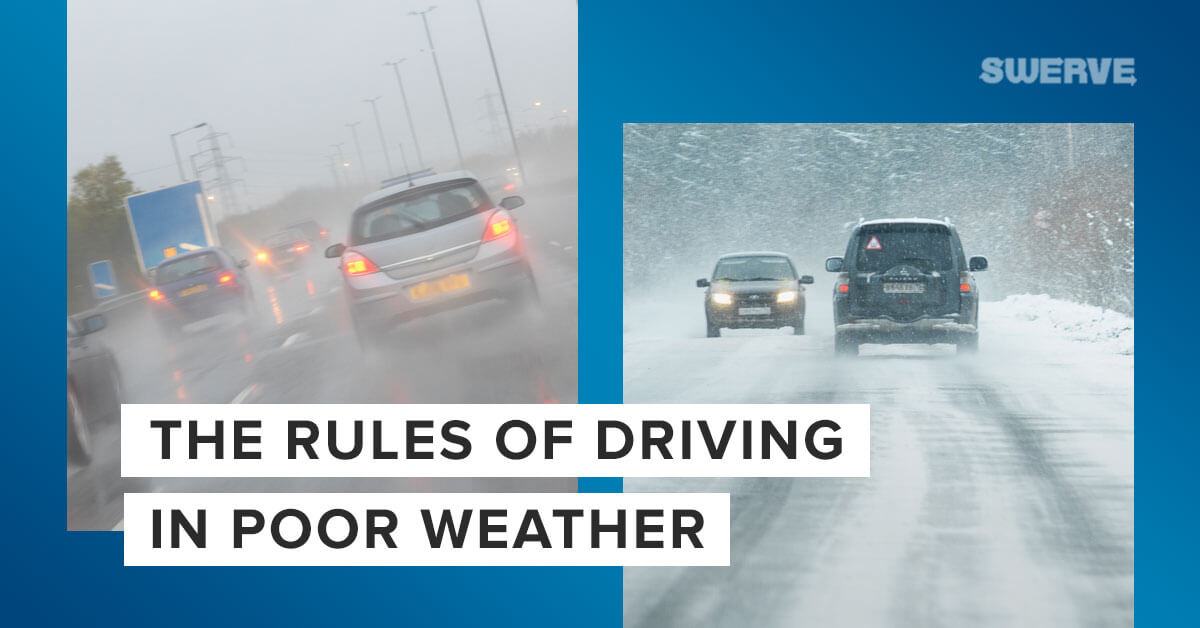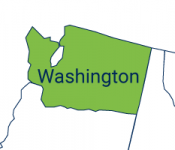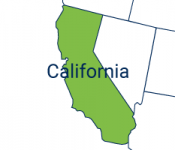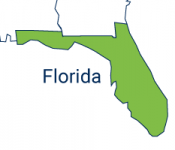
Now that the winter season has officially started, it is time to start preparing for bad weather. Brushing up on safe driving techniques is a great idea for all drivers, no matter their level of driving experience. Some driving rules apply to all bad weather-related conditions while others are more tailored to the specific type of weather.
Bad Weather Best Practices
There are some driving tips that are good for every type of bad weather. Many of them happen instinctually, while others may be an adjustment the driver should make.
Slow down
Since bad weather causes limited visibility, it is a good idea to slow down. This can help keep you safe and on the road.
Leave plenty of following room
Following too closely to the vehicle in front of you is dangerous in good weather, but add in slippery roads and less light and it is more dangerous. If the vehicle in front of you brakes quickly, you could lose control of your car, causing a crash.
Plan more time
Leave with plenty of time to get to your destination. This will help you not feel so much stress or pressure to go too fast for the conditions. It is also a good idea to let someone know which route you are taking and that you are on the roads.
Specific Conditions
Driving in the rain, fog, snow, and ice is different and requires more control and concentration. Each has its own difficulties that drivers should adjust to so they can stay safe.
Rain
- Use headlights. Turning on your headlights will help you see better in the darkened conditions and it helps other cars on the road see you too.
- Stay in the middle road. Water pools on the edges of the road, covering up potholes, sandpits, and other hazards.
- Avoid puddles. Places where water pools can disguise hazards, but it is also a potential spot for hydroplaning, losing control of the car.
Fog
- Always use low beam headlights. Most online driver’s ed classes cover this, but no one remembers until they are driving in fog. Never use your regular or high beam lights since they make it more difficult to see. Low beam lights are the only lights that help you see in the fog. It is important to also let other drivers see you too.
- Use the white line as a guide. Staying on the road and in the correct lane is always important. Seeing the lines can be difficult during fog, but the white line on the side of the road is easiest to see. Focusing on this line can keep you safe.
- Signal for longer. Since there is little visibility, it is important to give other drivers plenty of warning before turning by leaving your signal on longer than you normally would.
Snow and Ice
- Turn corners slowly. As you approach a turn, stop accelerating and slowly brake as you go. This will help you to not spin out during the turn and stay in control of the car.
- Accelerate slowly. Driving in icy conditions means tires will spin faster. Push on the gas slowly to avoid spinning too fast and getting trapped in place.
- Remember black ice. A thin layer of ice on the road, or black ice, is hard to spot. When tires hit the ice, you can lose control of the car. Try to avoid areas that look slick.
Be Prepared
While it is possible to drive in bad weather, the best advice is to avoid it if you can. Weather can quickly turn dangerous and the likelihood of crashing or getting stranded is much higher. If it can’t be avoided, then following the safety tips you learned in driving lessons can help keep you safe.



